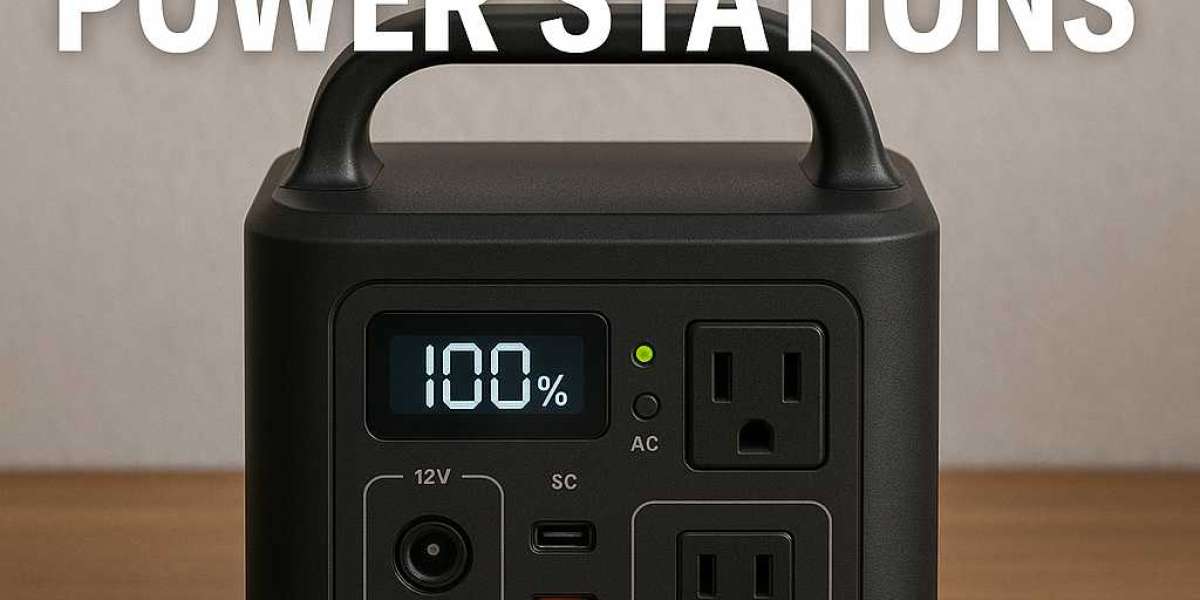Caring for someone you love is meaningful—and exhausting. The trick is building a routine that protects your energy before it runs out. Short, planned breaks give carers time to sleep, reset, and handle life admin, while the person receiving care enjoys safe, engaging support. I’ve seen families transform after one well-timed weekend off; the tone at home softens, patience returns, and the next week simply works better. If you’re weighing options for expert-led respite care you can trust, this guide explains the main respite types, how to choose providers, and the small planning steps that make time away feel calm rather than complicated.
What respite care actually means
Respite is short-term support delivered so carers can take a break—hours, overnight, or a few days. It can happen at home, in community settings, or in a residential environment. The aim is continuity and safety: predictable routines, familiar activities, and care notes that travel with the person so preferences and risks are respected. Key points to understand before booking include eligibility, funding pathways, capacity (how many places are available at the time you need them), and transport arrangements. A good provider will talk through medication handling, mealtime support, mobility needs, communication styles, and any behaviours of concern. They’ll also outline reporting steps—who calls whom and when—so you’re not checking your phone every ten minutes during your “break.” The better the handover, the more restorative the time away feels for everyone involved.
Who benefits—and the moments to consider a break
Respite isn’t only for crisis points. It’s a proactive tool you can use all year.
- Carers who are doing long stretches without sleep-ins or weekends off.
- Families juggling jobs, school runs, and appointments that clash with care routines.
- People receiving care who thrive on social contact, new activities, and community outings.
- Homes preparing for a transition—post-hospital recovery, a new diagnosis, or a change in mobility.
Reliable, plain-English health information helps you weigh options. Public guidance on respite care services in Australia outlines common types of respite, who may qualify, and how to get advice from trusted sources. Use that to set expectations before you ring providers.
How to choose a provider you’ll feel calm about
Quality shows up in ordinary details. Look for systems that make good days repeatable.
- Intake that listens: A thorough assessment covering routines, risks, and preferences.
- Staff training and ratios: Clear qualifications, shadow shifts, and enough hands on deck.
- Communication habits: Daily updates, photo notes (where appropriate), and a simple escalation path.
- Compatibility culture: A focus on matching staff and activities to the person’s interests.
I’ve seen anxiety evaporate when a carer received a short text: “All good—puzzles finished, lunchtime soon.” It’s simple, but it says the plan is working. If you’re building a reading list for your content hub, include resources on family respite support so readers can explore routines, self-care, and practical checklists in one place.
Costs, funding, and making the calendar work for you
Money shouldn’t be a mystery. Ask for written rates that distinguish weekdays, evenings, weekends, and public holidays. Clarify travel charges, minimum booking blocks, and notice periods for changes. Funding options vary by circumstance and location; in many cases, short-term breaks are supported through specific programs, while in others, families self-fund and claim eligible components. Build a simple “respite calendar” that spreads mini-breaks across the quarter rather than waiting for burnout. Many carers book a repeating slot—say, every second Saturday morning—then add occasional overnights before major events or medical appointments. Treat the first two bookings as a pilot: you’ll fine-tune pick-up times, meal preferences, and activity choices quickly. Over time, the rhythm becomes natural, and everyone in the household can see it coming on the fridge or phone calendar.
Safety, dignity, and what to include in your handover
A great handover makes respite feel like a continuation of good care, not a detour.
- Medication and health notes: Current charts, allergy info, and GP/clinic contacts.
- Mobility and equipment: Transfer methods, settings for devices, and spare batteries or chargers.
- Comfort cues: Preferred snacks, music, sensory tools, and “early signs” of fatigue or overwhelm.
- Community plan: Outing preferences, spending limits, and transport instructions.
Include emergency contacts and a one-page “About Me” with photos and key preferences. It speeds trust and avoids a dozen small misunderstandings that can wear everyone down.
Real-world stories (what a good break looks like)
I once worked with a carer who hadn’t had a full weekend off in a year. We trialled a Saturday morning session first: a favourite café, a short coastal walk, then board games. The following month we added an overnight. By Monday, both people were fresher—one had slept eight straight hours, the other had new photos and stories. Another family used weekly three-hour blocks to align with therapy and grocery runs; stress dropped because nothing was piling up anymore. In both cases, the care plan didn’t change much. The difference was rhythm and predictability—reliable breaks you could point to on a calendar and count on when weeks got busier than usual.
Regional context: NSW programs, transport, and timing
Local factors shape what’s practical—traffic, service coverage, and community venues. Some areas have stronger weekend programs; others excel midweek. Ask providers how they manage last-minute changes (illness, transport hiccups), and what happens during public-holiday periods when demand spikes. If you’re in New South Wales, overviews of respite services in NSW can help you map common questions families bring up—availability, eligibility, and ways to customise activities so the person receiving care looks forward to their time away.
A simple step-by-step to book your first break
Start small, learn fast, then scale.
- List your goals: sleep, errands, social time, or a specific event you don’t want to miss.
- Shortlist providers: ask about training, ratios, communication, and backup plans.
- Book a pilot: a two- or three-hour session with familiar activities.
- Debrief together: what worked, what didn’t, and what to adjust next time.
- Lock the rhythm: add repeating bookings to your calendar for the next 8–12 weeks.
The first break is the hardest because it’s new. The second is easier. By the third, most families wonder why they waited.
Bringing it all together (a calmer plan for families)
Respite is a practical way to protect the carer and enrich the person receiving support. Start by clarifying what you need from a break—sleep, errands, or simply space to breathe—then choose a provider that communicates clearly, respects routines, and documents the basics so you aren’t guessing. Use trusted public guidance to understand options and eligibility, prepare a one-page handover with the details that make care feel personal, and book a short pilot to build confidence. Spread breaks across your calendar so relief becomes routine, not an emergency. Over time, that rhythm changes the tone at home: fewer frayed tempers, more patience, and better days for everyone. The measure of success isn’t a grand gesture; it’s a household that feels steadier—week after week—because your support plan includes you.








